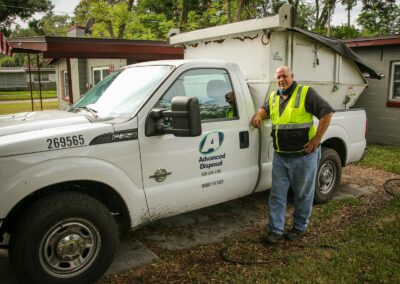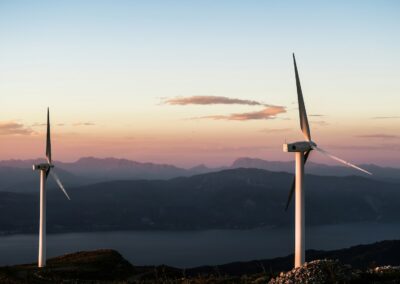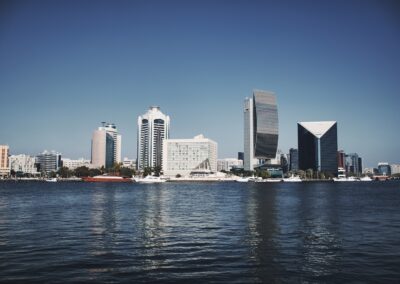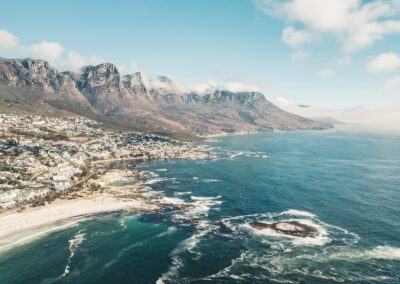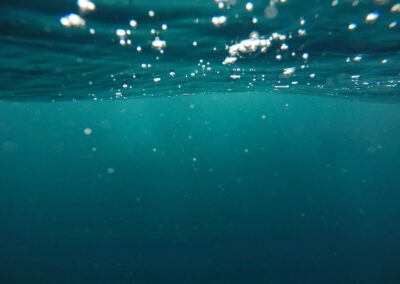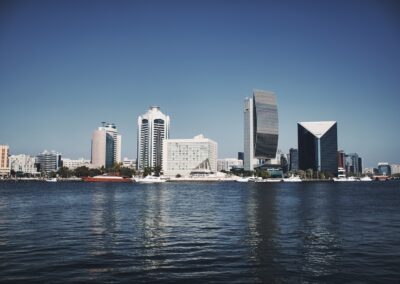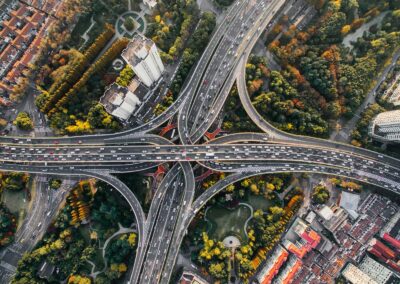Understanding the Economic Models for Ocean Urbanization
Introduction to Ocean Urbanization and Economic Models
The concept of ocean urbanization involves the creation of floating cities and other urban developments on the ocean, aimed at addressing land scarcity and environmental challenges. The success of these ambitious projects heavily relies on robust economic models for ocean urbanization that can attract both private and public investment. Saudi Arabia and the UAE, particularly cities like Riyadh and Dubai, are at the forefront of innovative urban planning and could potentially lead the way in ocean urbanization. Understanding these economic models is crucial for ensuring the viability and sustainability of such projects.
Funding Strategies for Ocean Urbanization
Economic models for ocean urbanization typically involve a mix of funding sources. Public investment plays a pivotal role, with governments providing initial capital for infrastructure development. This public funding can come from national budgets, international loans, or partnerships with global organizations focused on sustainable development. In addition to public funds, attracting private investment is essential. Private investors are often drawn to the long-term profitability of ocean urbanization projects, given their potential for high returns in real estate, tourism, and technology sectors. Innovative funding strategies, such as green bonds and sustainability-linked loans, also play a significant role in financing these projects.
Public-Private Partnerships in Ocean Urbanization
Public-private partnerships (PPPs) are a cornerstone of economic models for ocean urbanization. These collaborations leverage the strengths of both sectors, combining public funding with private sector efficiency and innovation. For example, the government may invest in essential infrastructure like transport and utilities, while private companies develop residential, commercial, and recreational spaces. PPPs also foster innovation by encouraging private firms to invest in cutting-edge technologies, such as AI and blockchain, which are critical for the smart management of floating cities. Successful PPPs require clear regulatory frameworks and incentives to ensure mutual benefits and project sustainability.
Attracting Investment for Sustainable Ocean Urbanization
Creating Attractive Investment Opportunities
To attract investment for ocean urbanization projects, it is crucial to create attractive and secure investment opportunities. This involves offering favorable conditions, such as tax incentives, reduced regulatory hurdles, and guarantees on returns. Investors need assurance that their investments are secure and will yield returns. For instance, floating cities in Dubai and Saudi Arabia could offer investors lucrative opportunities in sectors like luxury real estate, hospitality, and renewable energy. Demonstrating the economic viability and potential profitability of these projects is key to securing both private and public investment.
Sustainable Funding Models for Long-Term Viability
Sustainable funding models are essential for the long-term viability of ocean urbanization projects. These models incorporate principles of environmental sustainability and economic resilience. One effective approach is the use of green finance mechanisms, such as green bonds, which raise capital specifically for environmentally beneficial projects. Additionally, sustainability-linked loans provide financial incentives for achieving predefined environmental targets. These funding models not only attract environmentally conscious investors but also ensure that ocean urbanization projects contribute positively to global sustainability goals.
The Role of Technology in Enhancing Investment Appeal
Advanced technologies like Artificial Intelligence (AI), blockchain, and the Metaverse play a pivotal role in enhancing the appeal of ocean urbanization projects to investors. AI can optimize resource management, enhance infrastructure resilience, and improve the overall efficiency of urban operations. Blockchain technology ensures transparency and security in financial transactions, building investor trust. The Metaverse offers virtual simulations of ocean urbanization projects, allowing investors to visualize and engage with the development before committing funds. These technological advancements not only attract tech-savvy investors but also demonstrate the innovative potential of ocean urbanization.
Conclusion: Building a Sustainable Future through Ocean Urbanization
Economic models for ocean urbanization are complex and multifaceted, requiring a blend of public and private investment, innovative funding strategies, and cutting-edge technologies. By leveraging these models, cities like Riyadh and Dubai can lead the way in creating sustainable floating urban areas that address land scarcity and environmental challenges. Public-private partnerships, green finance mechanisms, and technological innovations are crucial for attracting investment and ensuring the long-term viability of these projects. As we move towards a more sustainable future, ocean urbanization represents a promising solution that combines economic growth with environmental stewardship.
—
#EconomicModels #OceanUrbanization #SustainableFunding #PrivateInvestment #PublicInvestment #SmartCities #InnovativeUrbanPlanning #AIinUrbanPlanning #BusinessSuccess #Leadership #ManagementSkills #ProjectManagement #SaudiArabia #UAE #Riyadh #Dubai



